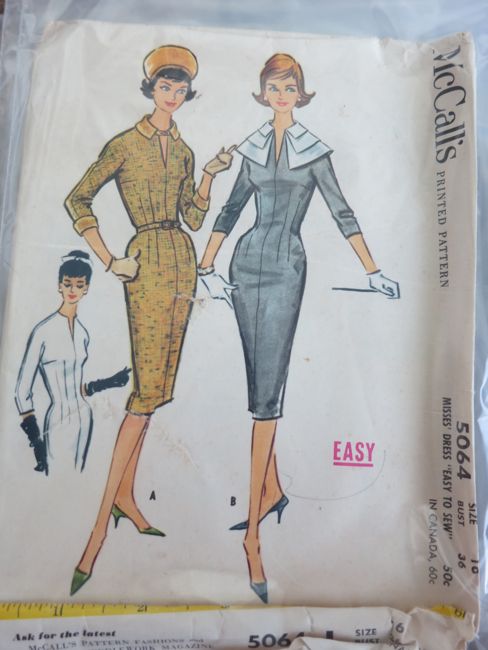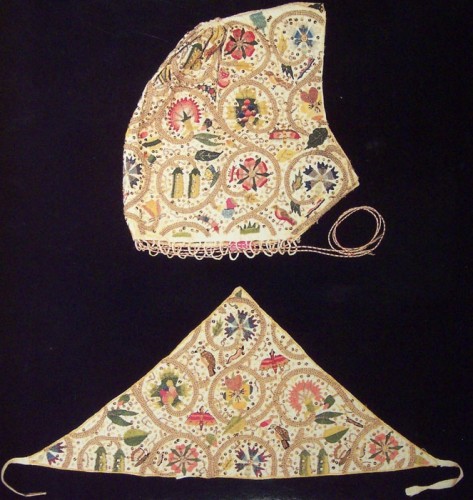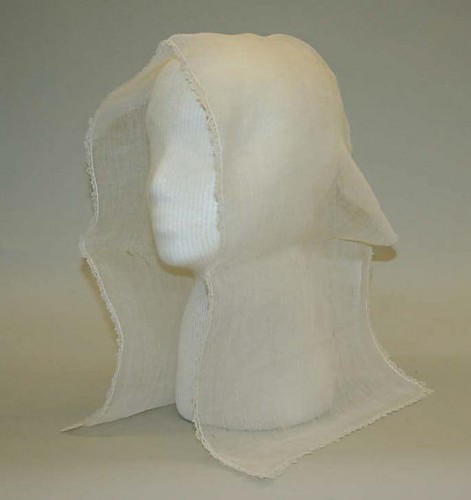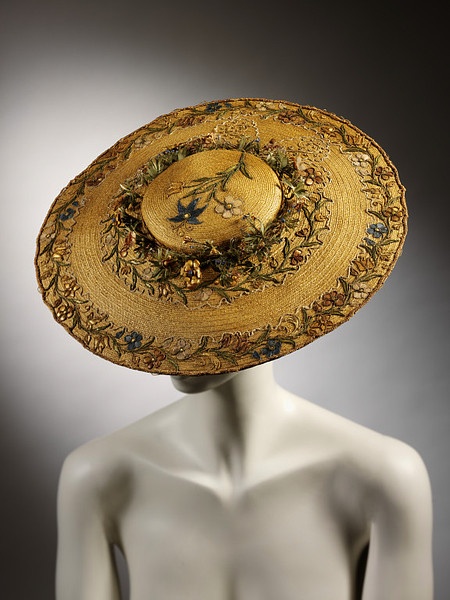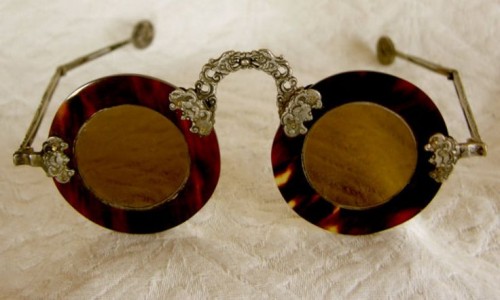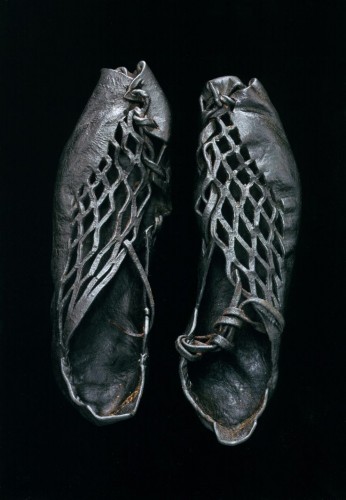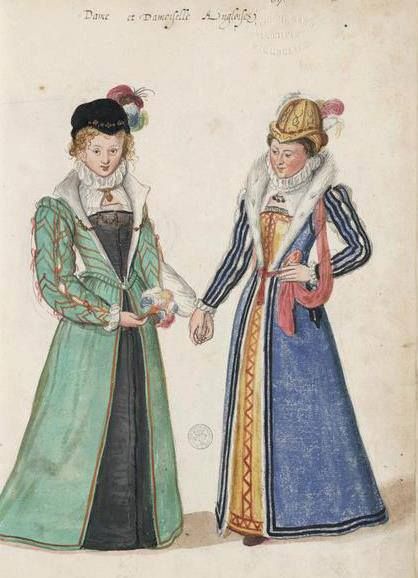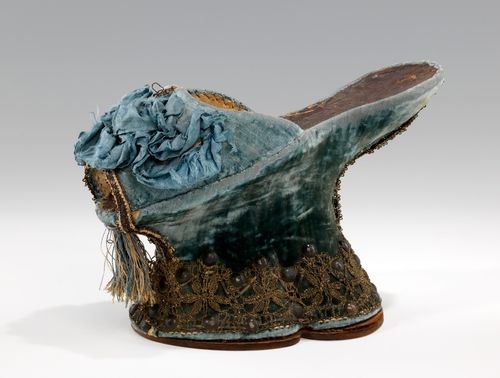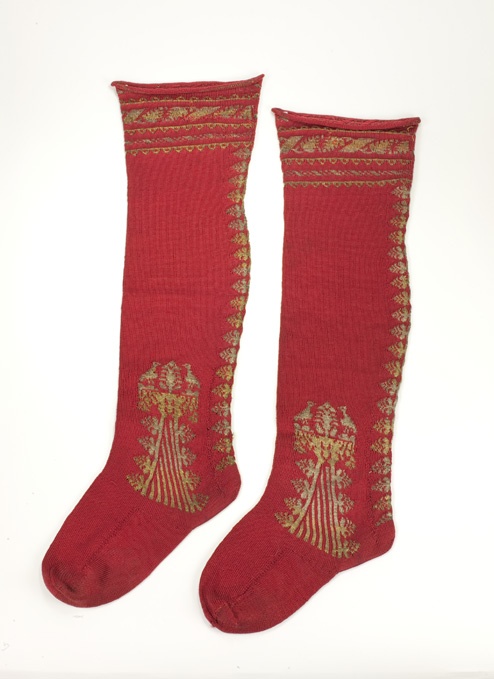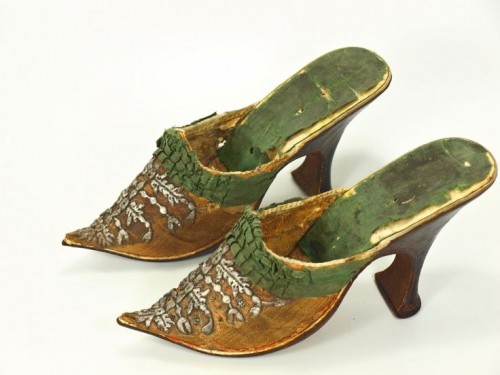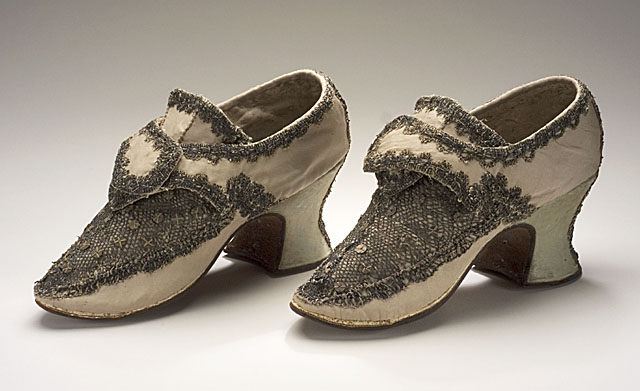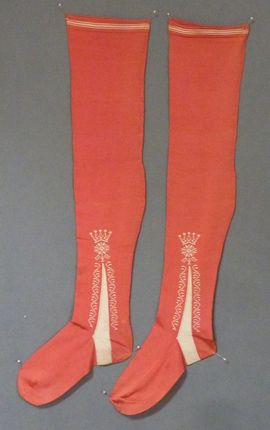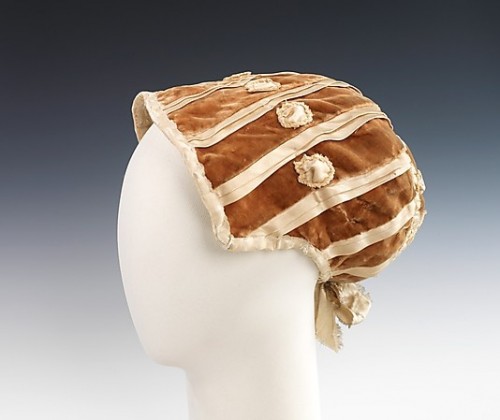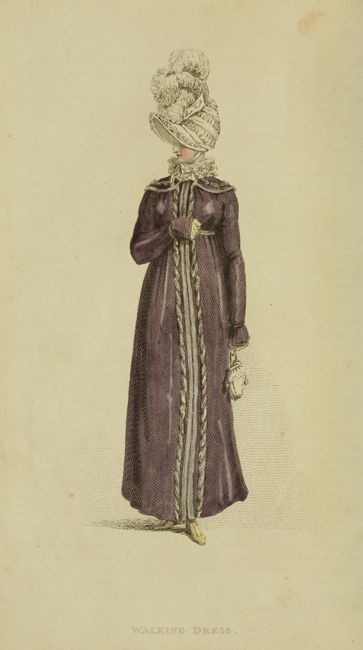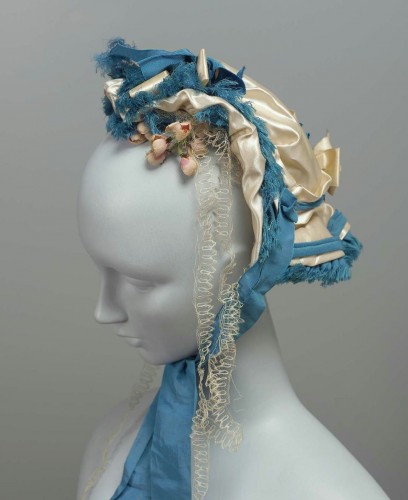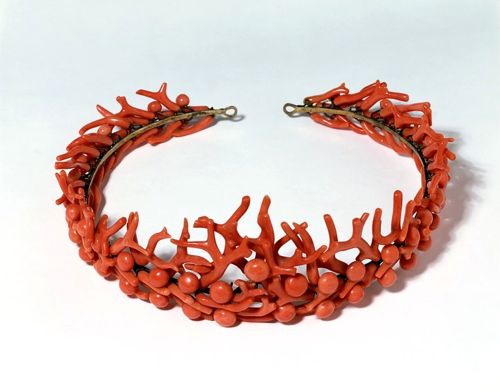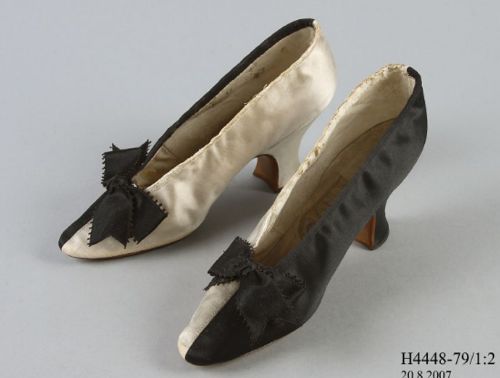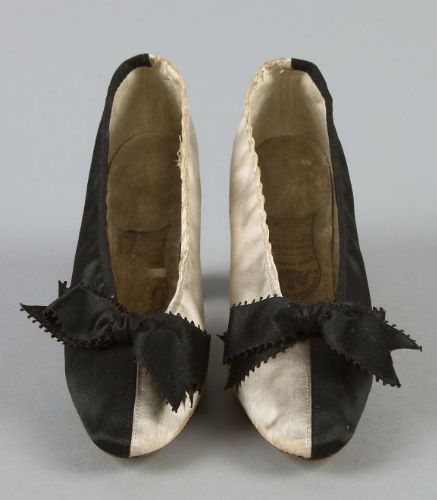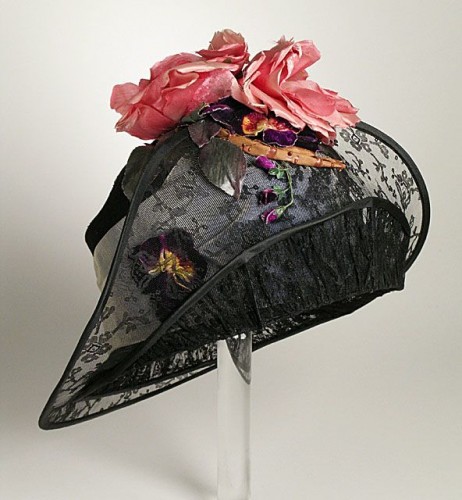I inherited a bunch of vintage patterns from my Grandmother, and more from an honourary aunt, plus I’ve bought plenty, and been given even more by other lovely people, over the years.
I estimate that my collecting is nearly 1,000 pattern dating from the mid 1920s, to the 1980s (plus there are the modern patterns I own!)
So how do I store and care for all of these patterns?
There are lots of posts entitled “How to store and organise patterns,” but really, there is no one right answer. This is just how I do it.
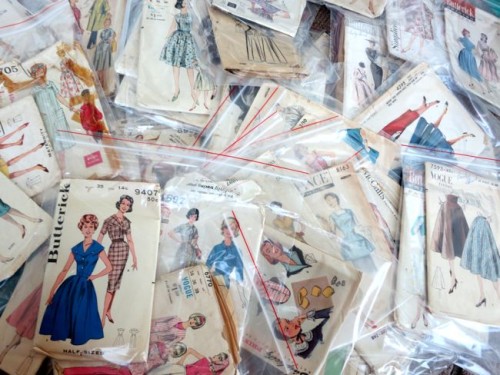
First, each pattern goes in its own, individual, zip-lock bag. I pay $14 per 100 bags in just the right size (and try not to think about the fact that I’ve spent almost $150 in storage!).
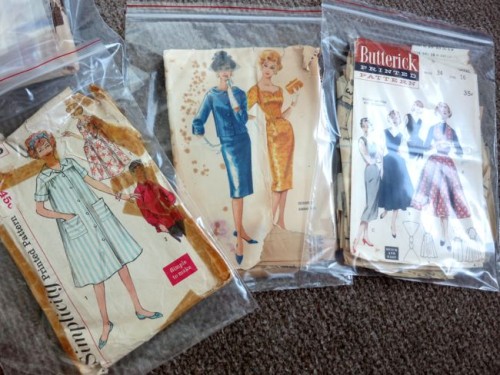
The bags protect the patterns, and keep the envelopes, some of which are fragile or torn, or coming apart at the seams where the glue has failed, from further damage.
I’m working on transferring the collection to acid free comic book bags, because the bags can off gas on to the patterns.
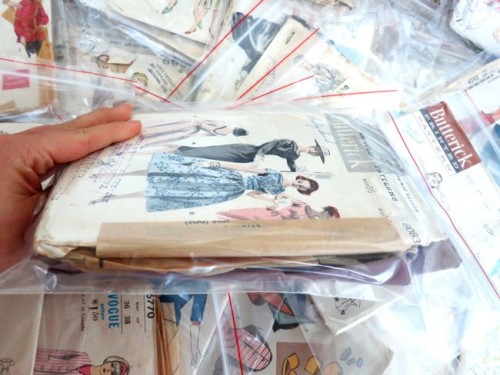
I can also tuck notes about the pattern in the envelope: when and where I acquired it, when I’ve made it up, and what I’ve made it in, plus any alterations I’ve made to it. I can even put scraps of the fabric I used in the bag! They become their own little mini time-capsules, without writing on or altering the pattern.
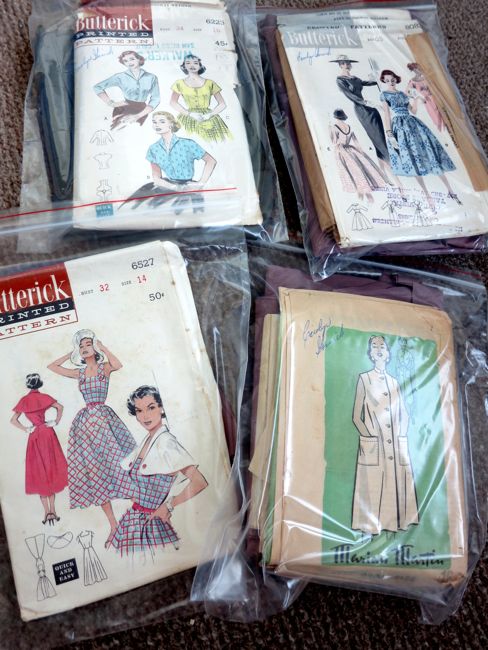
The one drawback to storing the patterns in comic book envelopes is the size. Every time I make up a vintage pattern I transfer all the pattern pieces to patterning fabric (amazing stuff – doesn’t fray, can be pressed). The patterning fabric pattern fits nicely in a ziplock bag with the original pattern, but it too bulky for the comic book envelopes. I love that the fabric means I can tell at a glance if I’ve made it, and can make it again and again without damaging it.
Here are the pattern pieces for Butterick 6223 (in the top corner) which I made up as the Aloha Ka Manini blouse (which reminds me that I’ve stopped doing song associations for each sewing project, and I really should revive that tradition!)

The patterns then all go in a rather motley collection of boxes – some beautiful, some plain old cardboard, as long as they are the right size to place the patterns in them without squashing them.
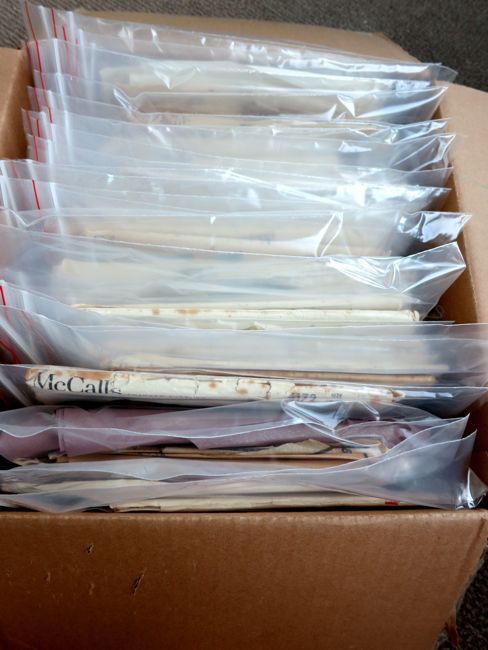
There are lots of theories and discussions on how you should sort your patterns. Many people advocate sorting by pattern company, and number. That doesn’t work for me – it’s not how I think of patterns, and it’s not how I remember them, and it’s certainly not how I look for them. It might work if I had all my patterns photographed and catalogued and cross-referenced by type ready to be looked up at a moment’s notice (but let’s be realistic, unless someone buys me a winning lottery ticket big enough that it would allow me to have a PA, that just isn’t going to happen).
Instead of using company and number, I sort my patterns by decades, and types of patterns. For example, I have a box of 1950’s dress patterns, a box of 1950’s separates patterns, a box of 1950’s coats and outerwear patterns, and a box of 1950’s accessories (hats and aprons etc) patterns. When I am looking for a pattern I usually think to myself “I’d really like to make a 1960’s coat with this” or “This fabric is perfect for the 1930s” or “I know I’ve seen that shape in a lot of ’50’s bodices.”
So sorting by decade and pattern type just makes more sense for how I work with patterns.
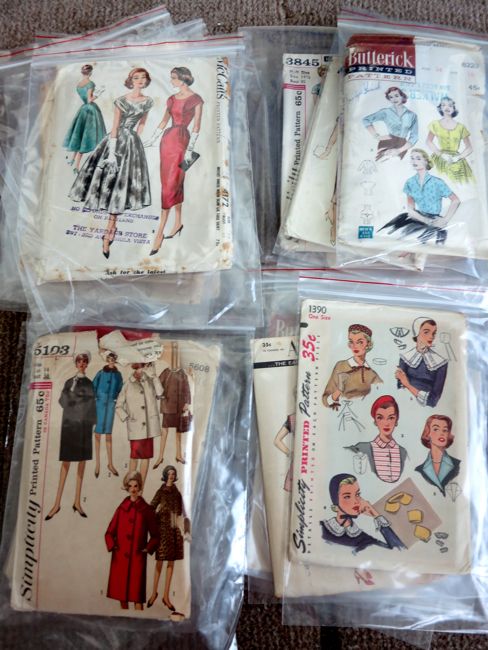
At the moment, I also have my patterns sorted by provenance: a box of 1950s dresses from my Grandmother, and another one of boughten ones, a box of 1960s dresses from an honourary aunt, and another from a friend, etc. etc. I’m slowly putting labels and acquisition information in every pattern bag, so that I can have all of my 1960s dresses in one place (instead of divided in four different boxes by source). It’s a little obsessive, but provenance is so important from a historian’s perspective, and the stories are half the joy of the pattern.
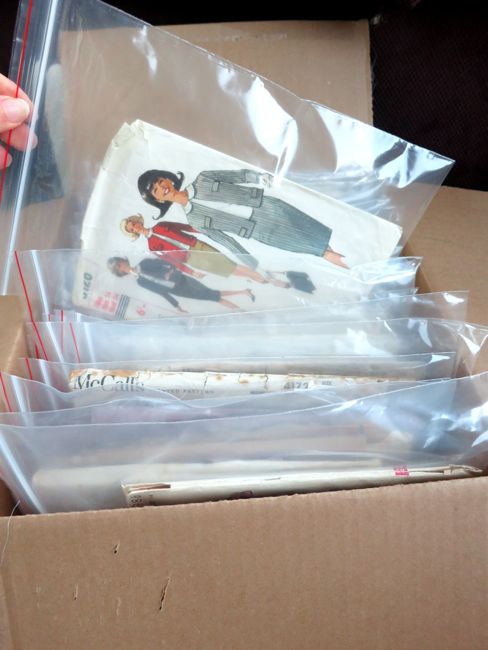
The other half of the joy, of course, is how gosh darn beautiful they are, and how fun they are to sew with!
